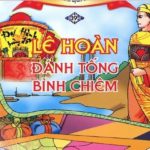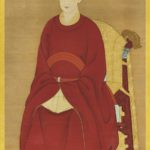King Ly Thanh Tong’s real name is Ly Nhat Ton, born on February 25, 1023 (Quy Hoi year). He is the oldest son of King Ly Thai Tong and Queen Kim Thien Mai Thi.
Ly Nhat Ton was appointed as the crown prince when he was only 5 years old. In 1054, King Ly Thai Tong passed away, and Ly Nhat Ton ascended to the throne, taking the title of Ly Thanh Tong.
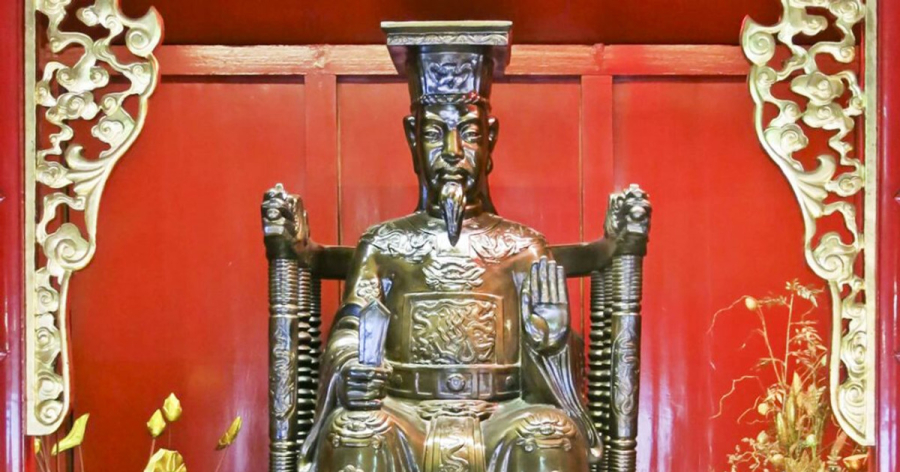
The book “Simplified History of Vietnam” describes Ly Thanh Tong as famously intelligent, skilled in literature and martial arts, and having a strong will.
In 1054, immediately after ascending to the throne, he changed the name of the country from Dai Co Viet to Dai Viet, with the ambition to build the nation into a prosperous and civilized country. The name Dai Viet existed discontinuously (interrupted for 7 years during the Ho and 20 years during the Ming dynasties), lasting from 1054 to 1804, spanning the Ly, Tran, Le, Mac, and Tay Son dynasties, a total of about 723 years.
The Simplified History of Vietnam states that in the winter of 1055, during a severe cold spell, the king said to his courtiers, “I am in the palace, warming myself by the fire, wearing fur clothes, and yet it is still cold. When I think of the prisoners imprisoned in dungeons, suffering in chains, their guilt not clear, going hungry, not properly dressed, suffering from the cold, freezing to death, I feel deeply sorry for them.” The king then ordered that additional blankets and two meals a day be provided to the prisoners. He also reduced the taxes for the people that year.
Prior to that, the king ordered the burning of torture equipment. On another occasion in the summer of 1064, while presiding over a court case at the Tinh Khanh Palace, Princess Dong Tien stood by his side, and the king pointed to the officials and said, “I love my daughter as much as I love the people of a hundred surnames. Many of the people do not understand, they get caught up in legal matters, and I feel sorry for them. From now on, regardless of the severity of the offense, they all must be lenient.”
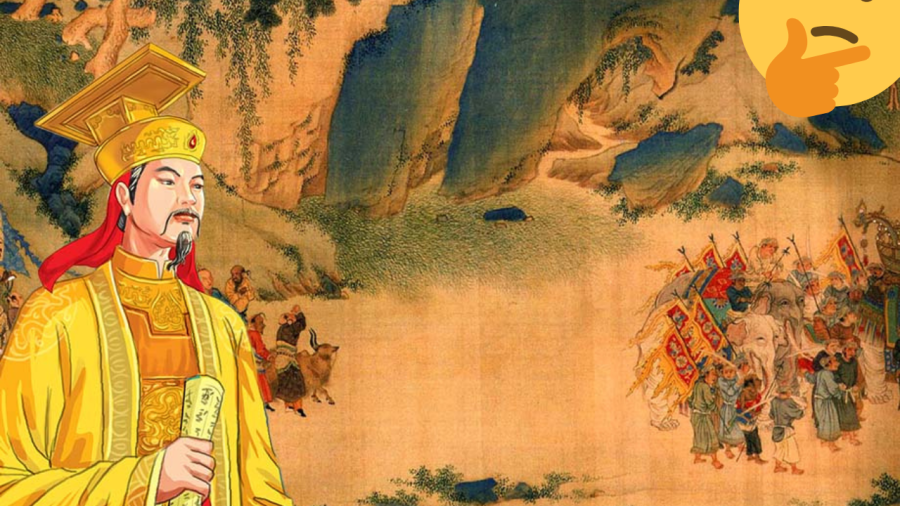
Ly Thanh Tong was close to the people, caring about all aspects of their lives. When there were natural disasters and crop failures, he would issue urgent orders, plow fields in the spring, go to watch rice planting and fishing in the summer, and visit and encourage the people in their rice cultivation. Because of this, he was greatly revered by the people.
The reason why the king understood the suffering of the people so well was because when he was still the crown prince, Ly Nhat Ton was allowed by his father, King Ly Thai Tong, to live in the Long Duc Palace outside the city walls to immerse himself in the lives of the common people. By the time he ascended to the throne, Prince Nhat Ton had lived among the people for 27 years. That amount of time was enough for him to deeply understand the hardships and toil of the people. Therefore, he was extremely sympathetic to the suffering of the people.
Later, when he was on the throne, Ly Thanh Tong continued the habit of going to Thien Duc Palace to participate in summer festivals, Buddhist ceremonies, rice planting, fishing, and resting and cultivating himself to immerse himself in the lives of the people in the countryside.
Ly Thanh Tong was not only a virtuous king but also a person with skills in administering people and using military strategies. The military tactics under Ly Thanh Tong’s reign were so renowned that even the Song Dynasty had to study and follow his army organization methods.
In the Binh Than year (1056), the king ordered the construction of a temple on the shore of Luc Thuy Lake in the eastern part of Thang Long. The temple was named Sung Khanh Bao Thien.
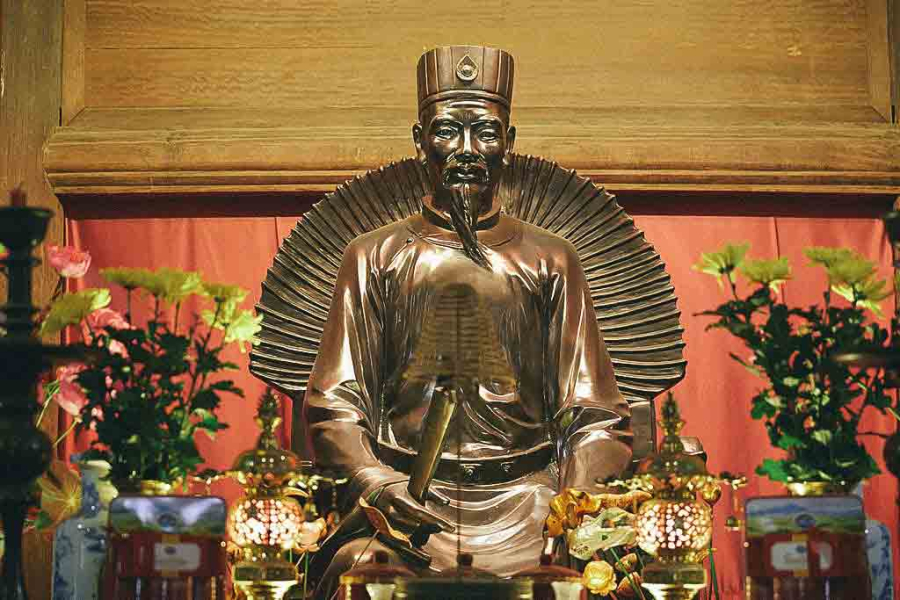
The Complete History of Dai Viet states: “For the construction of Sung Khanh Bao Thien Temple, 12,000 catties of copper were used to cast a large bell. The king personally composed the inscription on the bell.”
In the Ding Dau year (1057), in the spring, in the first month of the lunar calendar, King Ly Thanh Tong ordered the construction of the Dai Thang Tu Thien Tower, which was several tens of truong high and had 12 floors. Because the tower was located within the precinct of Sung Khanh Bao Thien Temple, it was later commonly called Bao Thien Tower.
Bao Thien Tower, along with the Quy Dien Bell in Dien Huu Pagoda, the Pho Minh Sword in Pho Minh Pagoda (Nam Dinh), and the statue in Quynh Lam Pagoda (Quang Ninh), were considered the four major works of the ancient kingdom of “An Nam tu dai khi”.
After many ups and downs in history, Bao Thien Tower and Sung Khanh Bao Thien Temple no longer exist. The present-day Hanoi Cathedral is the foundation of Sung Khanh Temple, and Nha Tho Street is the foundation of the famous Bao Thien Tower during the Ly dynasty.
To encourage learning and broaden knowledge, King Ly Thanh Tong had the Van Mieu (Temple of Literature) built south of Thang Long in the Canh Tuat year (1070). The Complete History of Dai Viet states: “In the autumn, in the eighth lunar month, the Van Mieu was built, statues of Confucius, Chu Cong, and Four Accomplishments were sculpted, and seasonal ceremonies were held. The Crown Prince came here to study.” However, the king only had the Van Mieu built. It wasn’t until 1076, during the reign of King Ly Nhan Tong, that the Quoc Tu Giam was built.
The Simplified History of Vietnam records that due to frequent disturbances caused by the Champa Kingdom, in 1069, Ly Thanh Tong personally led an expedition with Ly Thuong Kiet to suppress and destroy Tra Ban, the capital of Champa, and capture Champa King Che Cu alive.
The Book of Vietnamese History records: “In the summer, in the fourth lunar month, General Nguyen (Ly) Thuong Kiet captured De Cu at the Chiem border.” In July of that year, King Ly brought his army back to Thang Long and imprisoned the captives at the Thanh Mieu Temple. But to secure his safe return to his country, Champa King Che Cu offered three provinces, namely Dia Ly, Ma Linh, and Bo Chinh (the present-day Quang Binh province and the northern part of present-day Quang Tri province), as a ransom. King Ly Thanh Tong was willing to accept the offer and allowed Che Cu to return to his country.

























